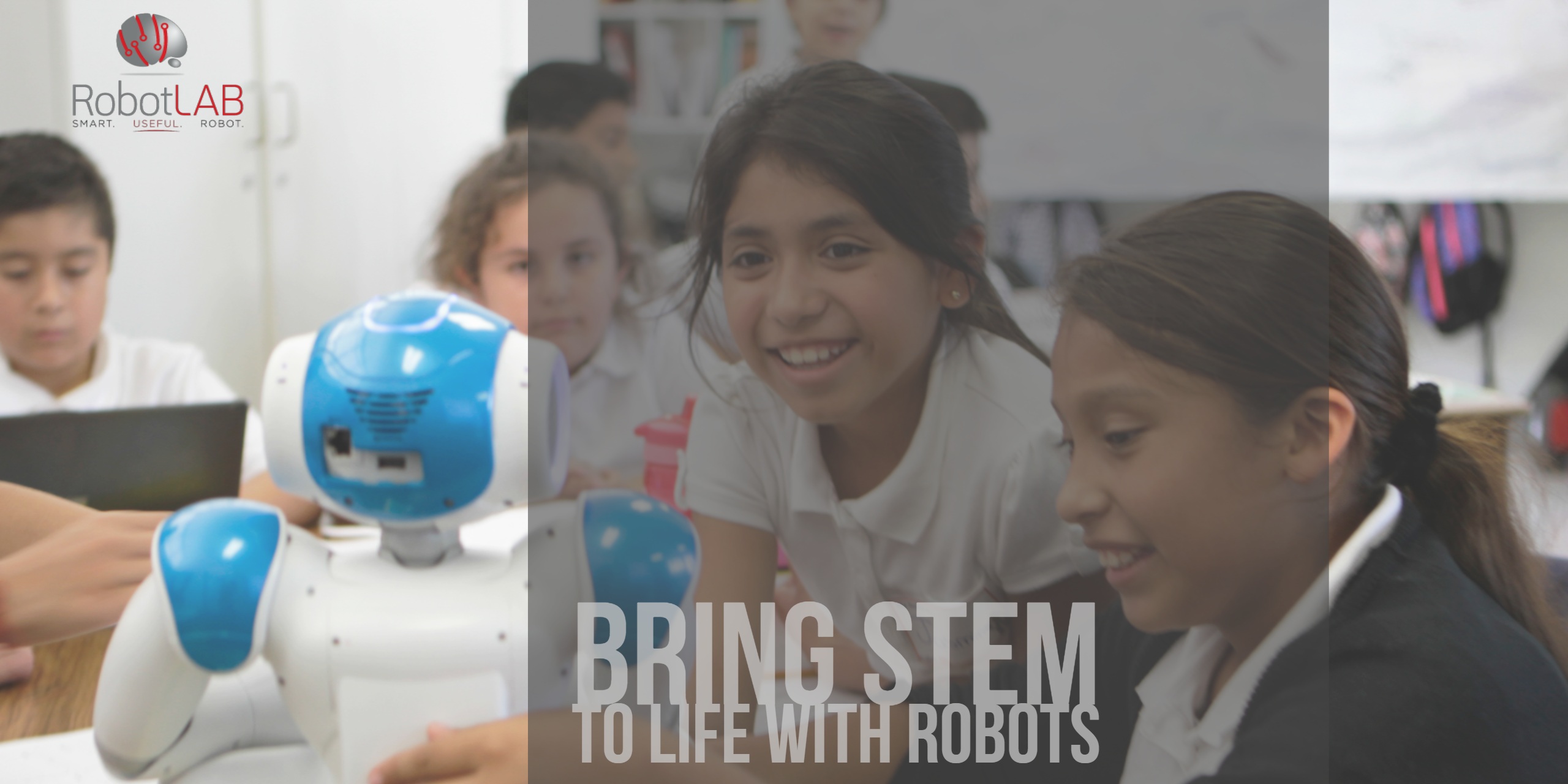By Dan Matthews
 Image Source: Pexels
Image Source: Pexels
We live in an increasingly technologically enhanced society. As a result, science, technology, engineering, and math (STEM) subjects have become priorities in schools. However, it remains too often the case that these subjects are taught in public schools from a neurotypical perspective.
Many parents, teachers, and communities have found that school system administrators are not providing the flexibility, guidance, educational technology, and support for students experiencing disabilities or neurodivergent traits to thrive in STEM. This is not only frustrating and ethically unsound but can present significant hurdles to students who could discover a deep passion for these fields and become innovative contributors.
Let’s take a closer look at how educators can better imbue their neurodivergent and disabled students with a love of STEM.
Consideration of Challenges
One of the most important tools in keeping students engaged in their STEM education is by remaining watchful of their challenges. Too often, children are left behind in classes because there is a lack of attention to the issues that may act as roadblocks to their continued interest in the subject, their participation in activities, or their grasp of ideas. As such, educators must maintain an awareness of the potential problems to successfully help students form an undisrupted connection to the subject matter.
This might come from the perspective of considering the potential for undiagnosed disorders. In some cases, when a student appears to be disinterested in a subject, it is not necessarily the case that they don’t want to engage with STEM subjects; it’s because there is a physical, learning, or mental barrier that they’re living with. When it comes to visual impairments, for instance, some signs point to an undiagnosed condition. Squinting, complaining of headaches, and a reduced attention span for subjects that require reading may all suggest a vision issue rather than simple disinterest. It is, therefore, important to look for these signs and communicate with parents when there appears to be a disconnect to the subject that may suggest a potential physical or cognitive issue.
Where students have already been diagnosed with a disability or live with neurodivergent traits, that doesn’t mean that the need for consideration ends. Work with students and parents to understand what the primary areas of functioning that they find challenging are, and keep communication open to create a safe space for children to express themselves when they are finding it difficult to engage with STEM activities. Indeed, knowing the activities that your special education students have an uneasy time with and noting when they are working on them in STEM classes can provide good opportunities for positive reinforcement. Acknowledge their efforts and their achievements. Above all else, support and celebrate their talents and unique perspectives. Whether you are teaching in a physical classroom, remotely, or taking a hybrid approach, this can help to keep neurodivergent students engaged and invested in their STEM education.
Accessible Curriculum and Tools
Teachers will find it difficult to pass on a love for STEM subjects to their students if the curriculum is inaccessible. When educators ensure that their lessons can be equally engaged by all their students, regardless of the disability or neurodivergent traits, they remove some of the early obstacles to understanding and enjoying the subject matter. For instance, project-based lessons utilize a variety of teaching approaches, allowing students of differing abilities and learning preferences to engage both theoretically and practically.
A focus on accessibility also has to include the choice of venue. Laboratories, workshops, and other teaching spaces must be assessed for Americans with Disabilities Act (ADA) compliance — this includes any facilities the class is visiting. Check for architectural elements such as wheelchair ramps, sufficient space to maneuver, and ergonomic furniture. Signage should also be assessed, making certain the colors used are of sufficient contrast to be interpreted more easily for colorblind students or those experiencing dyslexia. If the building is noisy or crowded, teachers should make sure that there are areas for autistic students who might become overwhelmed to spend time in and decompress.
Appropriate Mentorship
Educators make a significant difference in the day-to-day engagement and comprehension of STEM subjects. However, it’s important to recognize that they should neither be expected to take the full burden of inspiring a love of the fields nor that it is the most effective approach. One of the most effective ways to ensure that students can reach their full potential in STEM is by introducing them to potential mentors who can give them key insights into the vocational applications and encourage their passion for it.
As such, truly inclusive STEM education must include sourcing mentors who reflect neurodivergent and disabled pupils’ experiences. In fact, this is considered to be one of the primary keys to disrupting the monocultural and neurotypical dominance of STEM fields. Schools and teachers need to work with families to find the most appropriate mentors for their students. This goes beyond just making certain that these students can see someone with similar challenges and talents represented in STEM industries. Rather, diverse mentors have a better understanding of the hurdles a wider range of students may face and are likely to provide ideas on the most appropriate resources and strategies to navigate them.
Even in early STEM education, before the need for individual mentorship arises, diverse visiting speakers can be vital. One of the systemic issues facing disabled and neurodivergent students is that the inspirational figures presented to them in classes or on field trips don’t seem to represent them — indeed, this can be just as true for female and Black students. Educators should address this by making certain that visitors to lessons and met on trips represent greater diversity, and also encouraged to talk about how their disability or neurodivergent traits have featured in and enhanced their STEM journey. If teachers want their students to fall in love with STEM, they need to show them that people they can relate to can connect to the fields and contribute.
Conclusion
Passing on a love of STEM to neurodivergent and disabled students relies upon educators’ ability to help them fully embrace it. This means that they must be instrumental in removing obstacles to accessibility, and maintain an awareness of how their students’ challenges — even those yet to be diagnosed. They must also understand the role representative mentorship plays in helping more diverse students engage with and contribute to our growing STEM fields.
Discover more About STEM with RobotLAB

About the Author
 Dan Matthews is a writer and content consultant, but mostly Dan wants to see the world in a better place through STEM education and continued sustainability efforts
Dan Matthews is a writer and content consultant, but mostly Dan wants to see the world in a better place through STEM education and continued sustainability efforts
